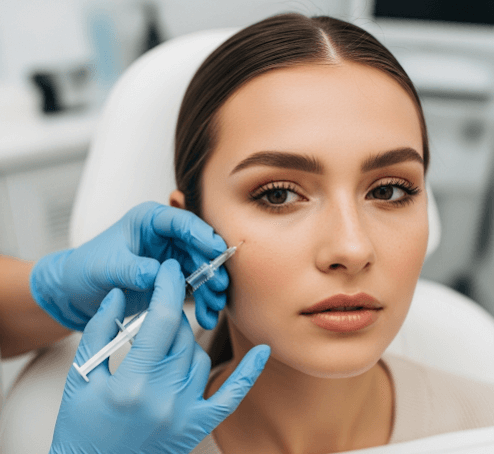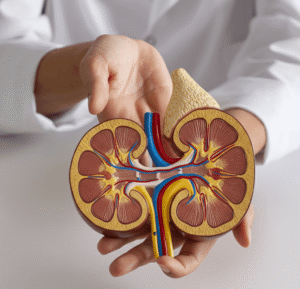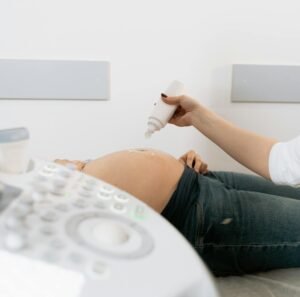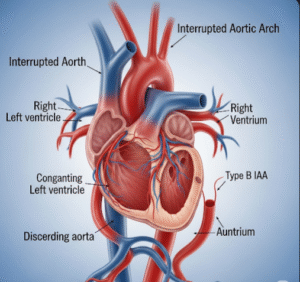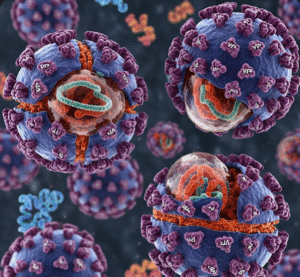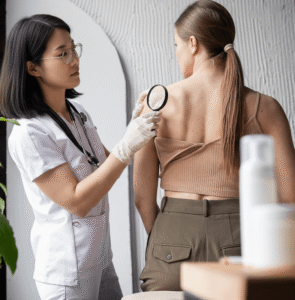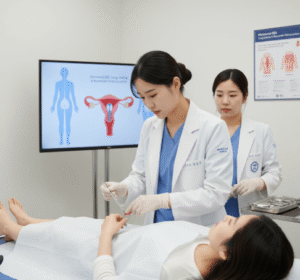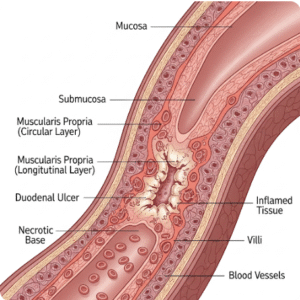🟢 What it is
A Cheek Filler in Korea is a non-surgical treatment where dermal fillers—commonly Hyaluronic Acid (HA) or Calcium Hydroxylapatite (CaHA)—are injected into the mid-face to restore lost volume, enhance cheek contours, and rejuvenate facial appearance.
As we age, fat pads in the cheeks shrink and descend, leading to hollow cheeks, sagging skin, and deeper wrinkles (like nasolabial folds). Cheek fillers replenish this lost volume, lifting the mid-face and restoring a youthful, balanced look.
In Korean aesthetics, full and lifted cheeks are considered a hallmark of beauty and vitality, making cheek fillers a highly popular option.
🟢 Why it’s Done
Cheek fillers are sought after in Korea for multiple aesthetic and anti-aging reasons:
➡️ Restore youthful volume: Adds fullness to sunken cheeks caused by aging.
➡️ Improve facial harmony: Balances the proportions between cheeks, jawline, and chin.
➡️ Lift effect: By restoring cheek volume, fillers naturally reduce nasolabial folds and jowls.
➡️ Enhance contour: Defines the cheekbones for a more sculpted look.
➡️ Non-surgical alternative: Provides results similar to implants or fat grafting without downtime.
➡️ Skin rejuvenation: HA fillers also hydrate skin, giving a fresh, radiant glow.
In Korea, cheek fillers are carefully placed to lift and refine rather than overfill, maintaining a soft, natural appearance.
🟢 Alternatives
Cheek fillers are effective, but alternatives exist depending on goals:
🔹 Fat Grafting: Uses patient’s fat for longer-lasting volume.
🔹 Thread Lift: Lifts sagging mid-face tissue without adding volume.
🔹 Sculptra (PLLA): Stimulates collagen for gradual volumizing.
🔹 HIFU (High-Intensity Focused Ultrasound) or Thermage: Tightens skin, reducing sagging.
🔹 Cheek Implants: Permanent option, but surgical with higher downtime.
Korean dermatologists often recommend a combination approach—for example, cheek fillers + HIFU + skin boosters—for comprehensive rejuvenation.
🟢 Preparation
Proper preparation ensures both safety and effectiveness:
➡️ Consultation: Clinics in Korea use facial scanning and ratio analysis to plan filler placement.
➡️ Medical disclosure: Patients must inform doctors about allergies, autoimmune disorders, or bleeding issues.
➡️ Avoid blood thinners: Stop aspirin, ibuprofen, fish oil, and alcohol 3–5 days before treatment.
➡️ Skin prep: Avoid harsh exfoliants, retinoids, or peels a few days before.
➡️ Photographs: Taken for before-and-after comparisons.
🟢 How it’s Done
The cheek filler procedure usually takes 20–30 minutes.
- Cleansing & sterilization of the mid-face area.
- Numbing: Topical anesthetic or fillers with lidocaine for comfort.
- Injection techniques:
- Cannula method (preferred) to minimize bruising and evenly distribute filler.
- Needle injections for precise contouring along cheekbones.
- Shaping & molding: Doctor massages and adjusts filler for natural lift and symmetry.
- Final review: Balance is checked with lower face and overall profile.
Korean doctors use the “small-dose layering” technique, applying filler gradually to avoid an overdone or puffy look.
🟢 Recovery
Recovery is typically minimal with cheek fillers:
🔹 Downtime: Most patients resume activities right away.
🔹 Swelling & redness: Lasts 1–3 days.
🔹 Bruising: May occur but usually fades within a week.
🔹 Results: Visible immediately, with best results after 1–2 weeks.
✅ Post-care in Korea includes:
- No strenuous exercise, alcohol, or sauna for 24–48 hours.
- Avoid pressing or massaging the cheeks.
- Use ice packs to reduce swelling.
- Wear sunscreen to protect treated skin.
🟢 Complications
Cheek fillers are safe in Korea due to advanced techniques, but risks exist:
⚠️ Mild issues:
- Swelling, redness, or bruising.
- Tenderness at injection sites.
⚠️ Serious risks (rare):
- Vascular occlusion, if filler blocks blood flow.
- Infection at injection site.
- Nodules or lumps if filler clumps under skin.
- Overfilling, which can create a “pillow face.”
➡️ Korean clinics reduce risks by using premium fillers, skilled techniques, and emergency measures (like hyaluronidase for HA fillers).
🟢 Treatment Options in Korea
Korea is a global leader in aesthetic filler treatments, offering cutting-edge brands and artistic approaches.
🔹 Popular filler brands for cheeks:
- Korean: Revolax, Yvoire, Replengen, Neuramis, Dermalax.
- Global: Juvederm Voluma, Restylane Lyft, Teosyal Ultra Deep.
🔹 Cheek filler styles in Korea:
- Volume restoration: Plumps sunken cheeks for a youthful look.
- Cheekbone contouring: Enhances high cheekbones for definition.
- Mid-face lift: Lifts sagging skin and reduces deep folds.
- Blending technique: Smooths transitions between cheeks and under-eyes.
🔹 Cost in Korea:
- $400–$700 per session, depending on filler brand and amount.
- Premium fillers or combination treatments: $800–$1,500.
- Results last 12–18 months with HA fillers, longer with CaHA.
Many Korean clinics offer custom packages, combining cheek filler with under-eye filler, jawline filler, or HIFU for full facial rejuvenation.
🟢 Final Thoughts
Cheek Fillers in Korea are an effective, non-surgical way to restore youthfulness, enhance contours, and achieve the balanced K-beauty aesthetic.
➡️ They are ideal for anyone with sunken, flat, or sagging cheeks who wants instant improvement.
➡️ With Korea’s refined filler products, artistic injection techniques, and affordable costs, patients can achieve natural, long-lasting results.
In summary: Cheek fillers in Korea are a safe, customizable, and transformative treatment, restoring youthful volume while enhancing natural beauty in line with Korean aesthetic ideals.

